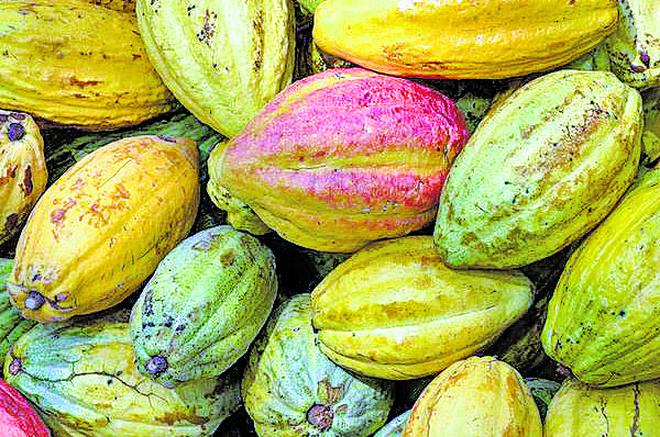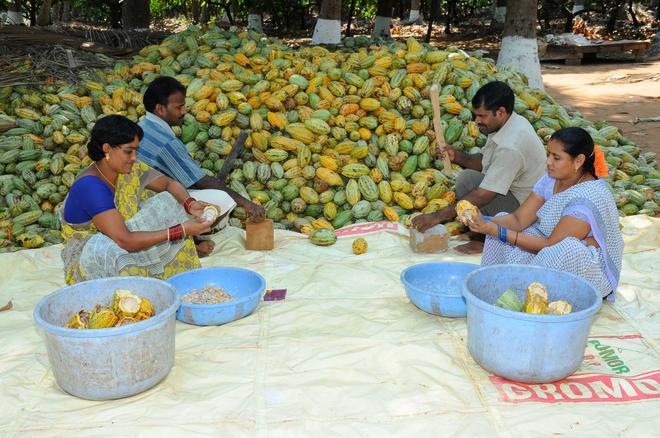Every year July 7th is celebrated as world chocolate day. The fermented treat has cemented its position as the world’s most popular form of indulgence for centuries now. While India celebrated its sweet tooth with traditional mithai, chocolate which was brought in by the British soon became a popular contender.
Cadbury entered the Indian market in 1948 and transformed the way sweets were consumed in the country. Today with 14 chocolate brands, the conglomerate enjoys a loyal customer base and a hefty market share of over 50%.
Until 1965, all the cocoa consumed in India was imported. Cadbury then set up an experimental farm in Kerala which later evolved into large scale plantations across Tamilnadu, Kerala, Andhra Pradesh and Karnataka. ”One third of the cocoa used in making Cadbury chocolates come from our cocoa plantations across India and the rest from Ghana, Ecuador etc,” says Nitin Saini, chief marketing officer, Mondelez India, Cadbury’s parent company.

Availability of cocoa in India has also led to the rise of bean to bar chocolate producers. L Nitin Chordia, India’s first certified chocolate taster and co-founder of Cocoashala and Kocoatrait sustainable chocolates, says that this category of chocolate has seen a steady growth in the last seven years. “Currently there are 28 operational brands in India with 10-12 brands working at a smaller scale.”
“While large-scale chocolate producers are still market leaders in the everyday indulgence and gifting categories, we see a steady growth in the premium segment,” he adds.
According to Mondelez, currently the per capita consumption of chocolate per year is at around 170gm in India while in the UK it is about 10 kilograms. “There is a lot of scope to grow this category across all the regions for consumption and gifting. Although the size of affordable or mainstream chocolate is still sizable, through premiumisation we are able to cater to a larger consumer group,” says Saini.
In India, the most consumed type of chocolate for Cadbury is still the milk variant. On the other hand, Chordia says that 75 - 85% of craft chocolate consumers prefer dark. “There is a lot of scope for experimentation with flavours in the craft chocolate space. Most bean to bar producers believe in making the chocolate that the bean allows them to make rather than being fixated on a standardised recipe,” he mentions.

As the production and consumption of chocolate grows steadily, manufacturers across the globe are effectively adopting sustainable and energy efficient processes.







